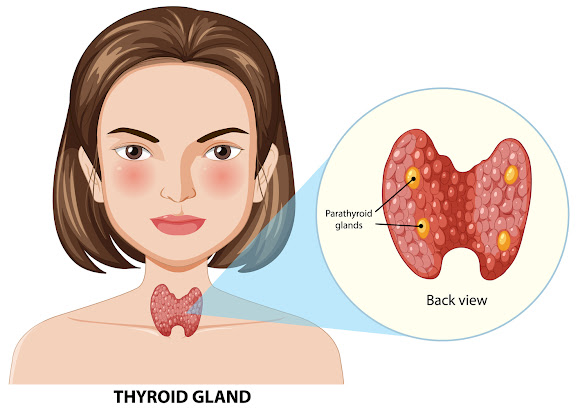Experienced Oncology Surgeon in Hyderabad | Himayatnagar’s Cancer Treatment Expert

When it comes to cancer treatment, the right surgeon can make all the difference. In Hyderabad, Himayatnagar has emerged as a trusted hub for advanced oncology care, offering patients access to highly experienced and skilled cancer surgeons. An experienced oncology surgeon in Hyderabad combines expertise, precision, and compassion to deliver the best possible outcomes for patients battling various types of cancer. Cancer is a complex disease that requires a multidisciplinary approach, and surgical oncology plays a vital role in its management. From diagnosis to surgery and post-treatment care, the focus is on personalized treatment plans that ensure the patient’s comfort, safety, and recovery. In Himayatnagar, patients benefit from state-of-the-art facilities and advanced surgical techniques such as minimally invasive procedures, robotic-assisted surgeries, and organ-preserving approaches that reduce recovery time and improve quality of life. What sets an expert oncology surgeo...





